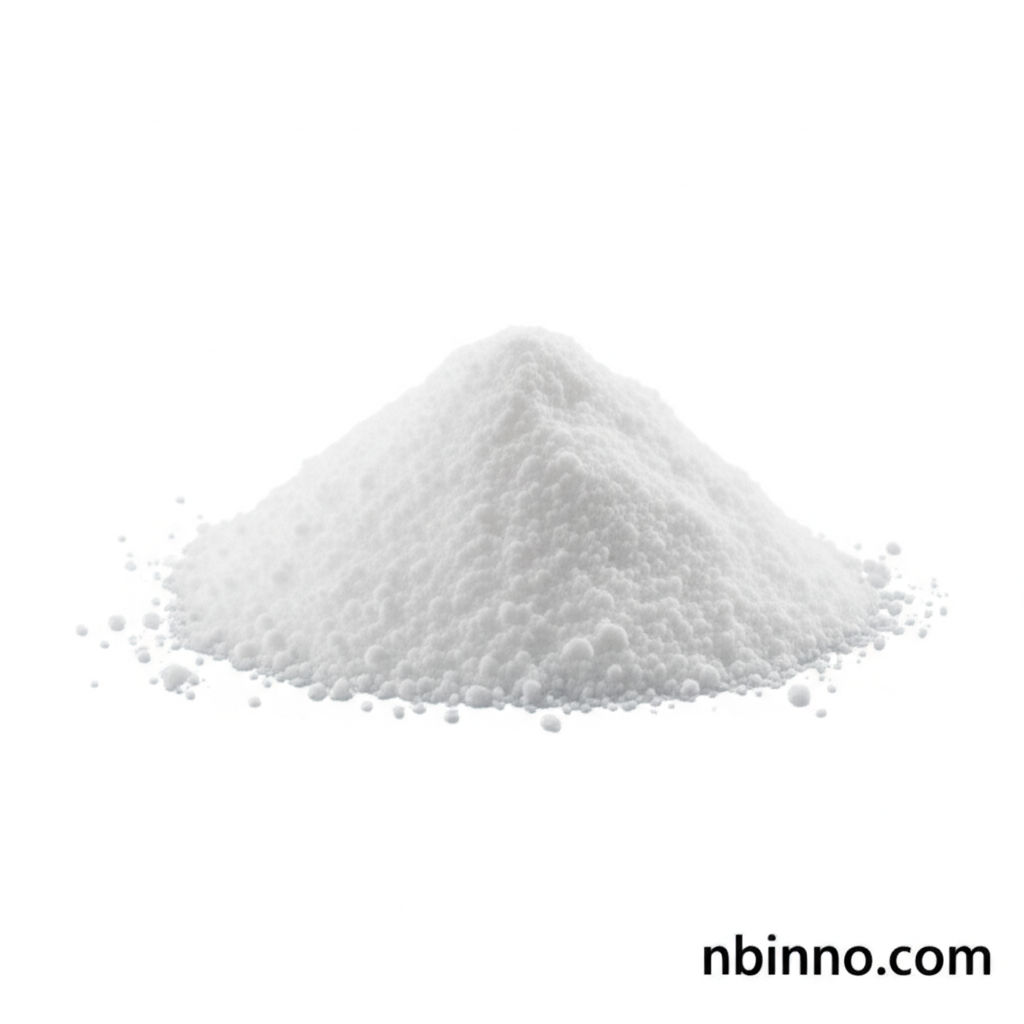Discover the Versatility of 4-Nitrophenylboronic Acid (CAS 24067-17-2)
Unlock advanced organic synthesis and OLED innovations with this high-purity chemical intermediate.
Get a Quote & SampleProduct Core Value

4-Nitrophenylboronic acid
As a critical component in advanced chemical processes, 4-Nitrophenylboronic acid (CAS 24067-17-2) offers exceptional utility. Its high purity of 99% ensures reliable results in complex reactions, making it an indispensable tool for researchers and manufacturers alike. This compound is pivotal for driving innovation in various high-tech sectors.
- Leverage our high purity 4-nitrophenylboronic acid for precise organic synthesis, ensuring superior outcomes in your chemical transformations.
- Utilize this CAS 24067-17-2 application as a key reagent for Suzuki-Miyaura cross-coupling reactions, facilitating the creation of complex organic molecules.
- Explore the potential of 4-nitrophenylboronic acid in OLED materials, contributing to the development of next-generation display technologies.
- Integrate this versatile organic synthetic intermediate into your research and development for novel pharmaceutical discoveries and advanced material science.
Key Advantages
Exceptional Purity
With a purity typically exceeding 99%, our 4-nitrophenylboronic acid provides the reliability needed for critical organic synthesis and sensitive applications.
Broad Reactivity
As a key reagent for Suzuki-Miyaura cross-coupling reactions, it enables the efficient formation of carbon-carbon bonds, crucial for complex molecule synthesis.
Innovation Enabler
This compound serves as a vital pharmaceutical intermediate, aiding in the development of new drugs and therapies, and as an important building block for OLED chemicals.
Key Applications
Organic Synthetic Intermediate
Facilitates complex molecular construction through reactions like Suzuki-Miyaura coupling, vital for creating new chemical entities.
Pharmaceutical Intermediate
A critical building block for synthesizing APIs and drug candidates, supporting advancements in the healthcare sector and improving pharmaceutical intermediate synthesis.
OLED Material Precursor
Contributes to the development of advanced electronic materials, particularly in the field of Organic Light-Emitting Diodes (OLEDs).
Research and Development
An essential reagent for academic and industrial R&D, enabling exploration of novel chemical reactions and material properties, such as exploring CAS 24067-17-2 applications.
